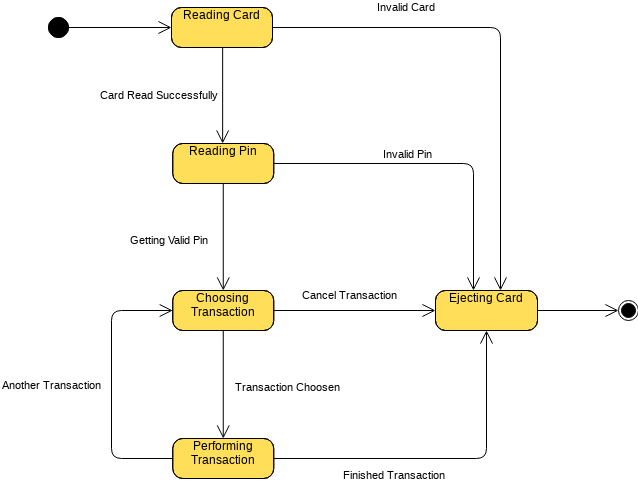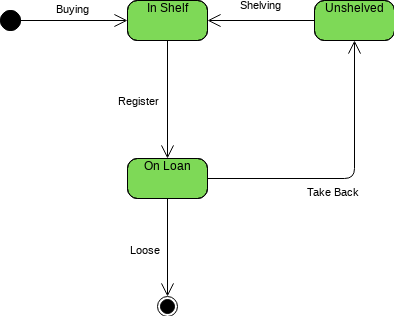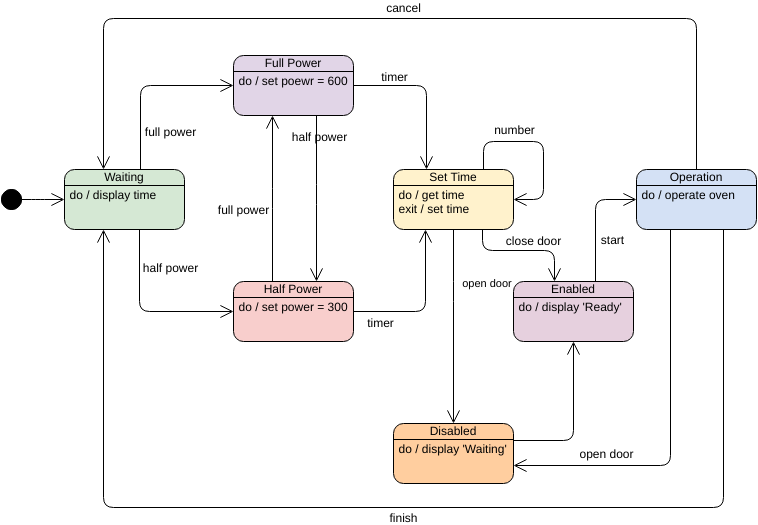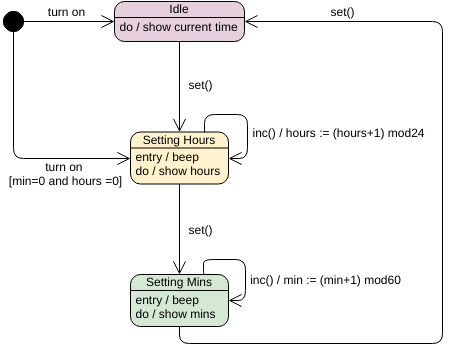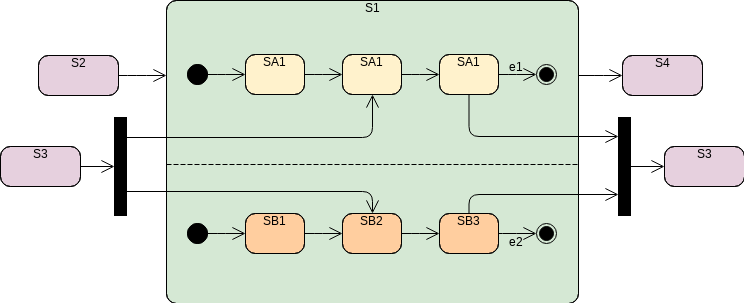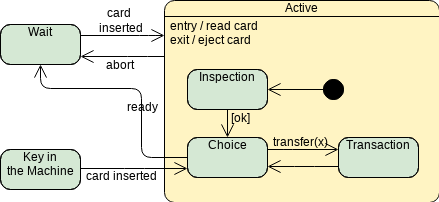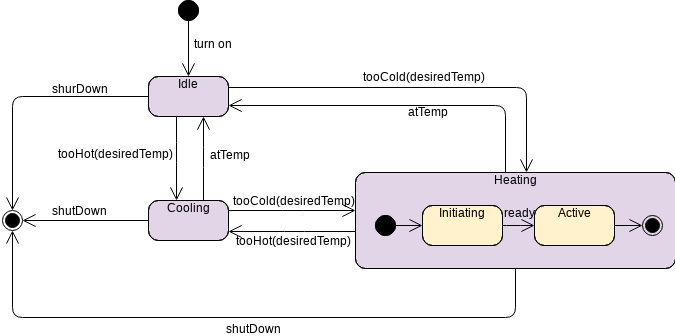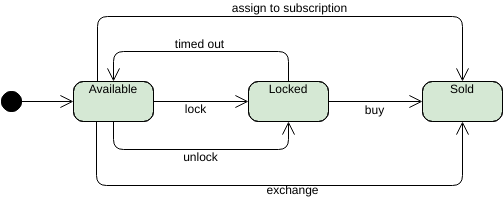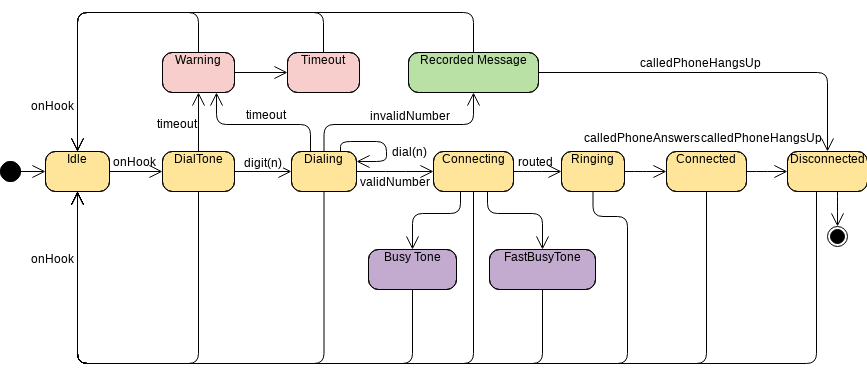وضعیتهای ترکیبی شامل یک یا چند نمودار حالت است؛ اگر چندین نمودار حالت داشته باشند، نمودارهای حالت به صورت موازی اجرا میشوند. به عبارت دیگر، یک وضعیت ترکیبی وضعیتی است که شامل یک یا چند گراف حالت است. هر نمودار به یک ناحیه تعلق دارد و نواحی با خطوط نقطهچین تقسیم میشوند. وضعیتها در ناحیه به عنوان زیر وضعیتهای وضعیت ترکیبی نامیده میشوند.
یک تفاوت کلیدی بین نمودارهای حالت UML و سایر نمودارهای حالت غیر UML که ممکن است با آنها آشنا باشید این است که UML اجازه میدهد وضعیتهای همزمان یا چندین وضعیت در یک زمان وجود داشته باشد. وضعیتهای ترکیبی این امکان را فراهم میکنند.
مفاهیم کلیدی زیرماشینها و نواحی متعامد
یک وضعیت ترکیبی وضعیتی است که شامل یک ناحیه است یا به دو یا چند ناحیه تقسیم میشود. یک وضعیت ترکیبی شامل مجموعهای از وضعیتها و نواحی خود است.
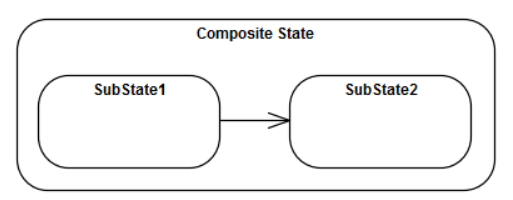
یک زیرماشین به عنوان یک وضعیت در یک ماشین حالت دیگر وارد میشود. همان زیرماشین میتواند چندین بار وارد شود.
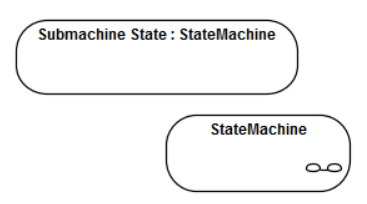
زیرماشین در مقابل وضعیت ترکیبی
وضعیت زیرماشین از نظر معنایی معادل وضعیت ترکیبی است. نواحی ماشین حالت زیرماشین نواحی وضعیت ترکیبی هستند. ورود، خروج و اقدامات رفتاری و انتقالات داخلی به عنوان بخشی از وضعیت تعریف میشوند. وضعیت زیرماشین یک مکانیزم تجزیه است که اجازه میدهد رفتارهای مشترک تفکیک و دوباره استفاده شوند.
یک ناحیه متعامد بخشی از یک وضعیت ترکیبی یا زیرماشین است و هر ناحیه مجموعهای از وضعیتها و انتقالات متقابل را دارد.
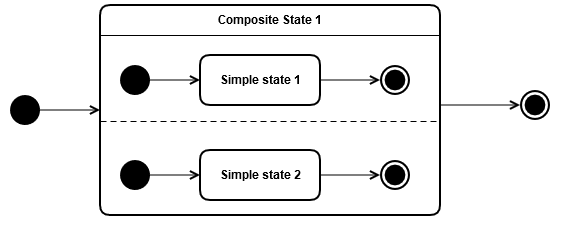
بیشتر
یادگیری بیشتر درباره نمودار حالت با استفاده از مثالهای آنلاین
This post is also available in Deutsch, English, Español, Français, Bahasa Indonesia, 日本語, Polski, Portuguese, Ру́сский, Việt Nam, 简体中文 and 繁體中文.














